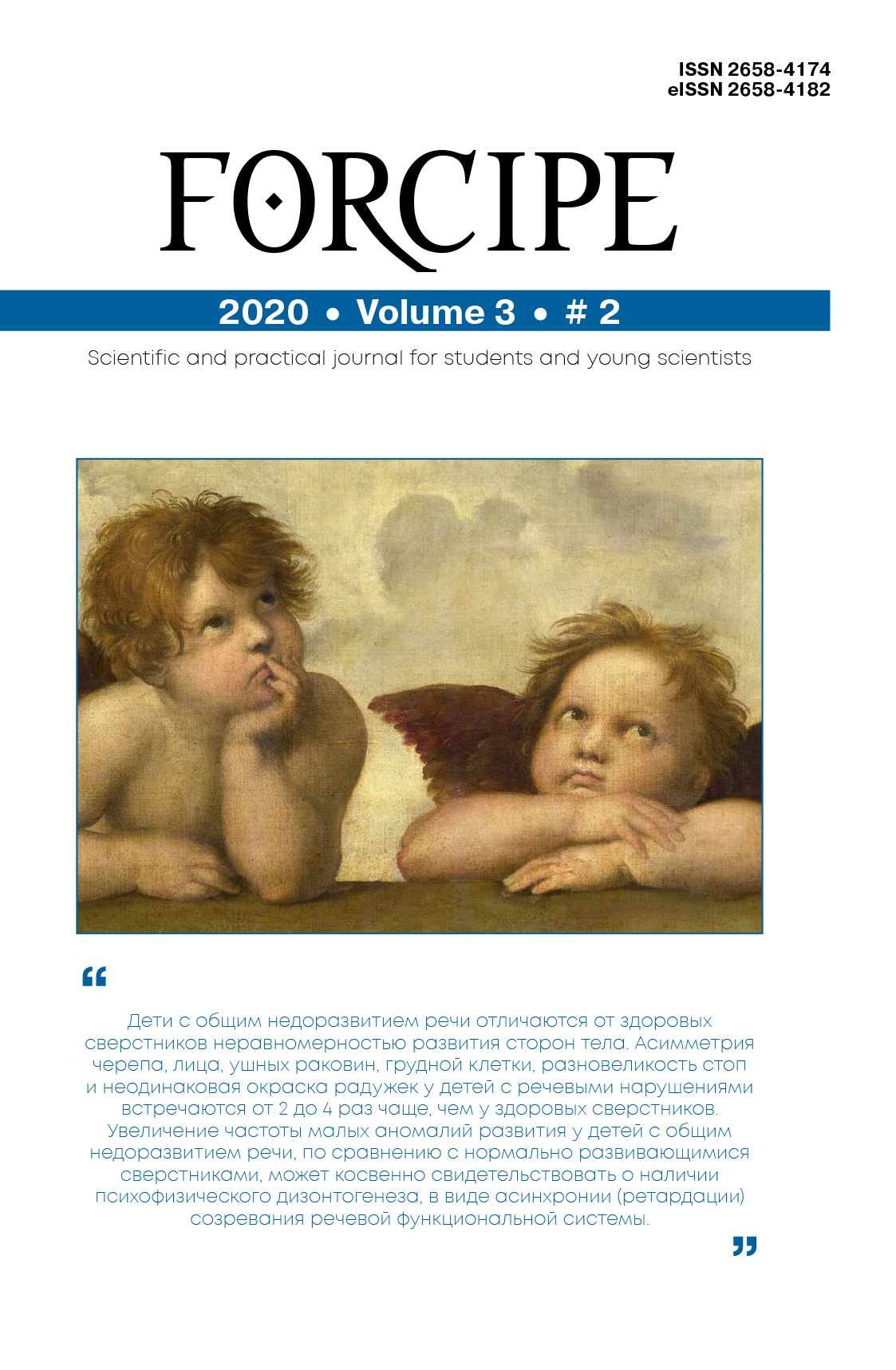OVERWEIGHT AND OBESITY AMONG CHILDREN IN THE NORTH OF RUSSIA
Abstract
The aim of the study is to assess the prevalence of overweight and obesity in rural children in the northern parts of Russia. Materials and methods. In 2016-2019, we collected data on body weight and height of schoolchildren (6-17 years of age) living in the Republic of Komi (RK), Murmansk Oblast (MO) and Khanty-Mansi Autonomous Okrug (HMAO.) The nutritional status of subjects was assessed by comparing the individual body mass index (BMI) values with the age and sex specific standards set by the Russian Ministry of Health (2017). Results and discussion. BMI values meet the standards in 71.5% of children in RK, 73.4% in MO and 69.2% in HMAO; excessive body weight is found in 26.5%, 23.9% and 25.3% in the regions, respectively. The BMI value distributions in the study groups of RK and MO do not differ, but the HMAO group does differ from both of them (p < 0.05 for each pair of comparison.) When taking into consideration the type of residence, there were no difference found between the BMI value distribution in the subgroups of subjects living in rural settlements, town or administrative center in MO and RK. However, the children of HMAO living in small settlements are different from the residents of larger settlements. Excess BMI was found in 19.4% of subjects living in small remote settlements, 25.6% of the district center residents, and 32.8% (including 19% of obese) of those who live in larger inhabitancies. Conclusion. Excessive body mass has high prevalence among the rural children aged 6-17 in the northern and Arctic regions of the European part of Russia and Western Siberia. The lowest percentage of overweight (10.7%) and obese (8.7%) subjects are found in the children living in small remote settlements of HMAO. The same subgroup shows the highest percentage of underweight children (7.8%).



